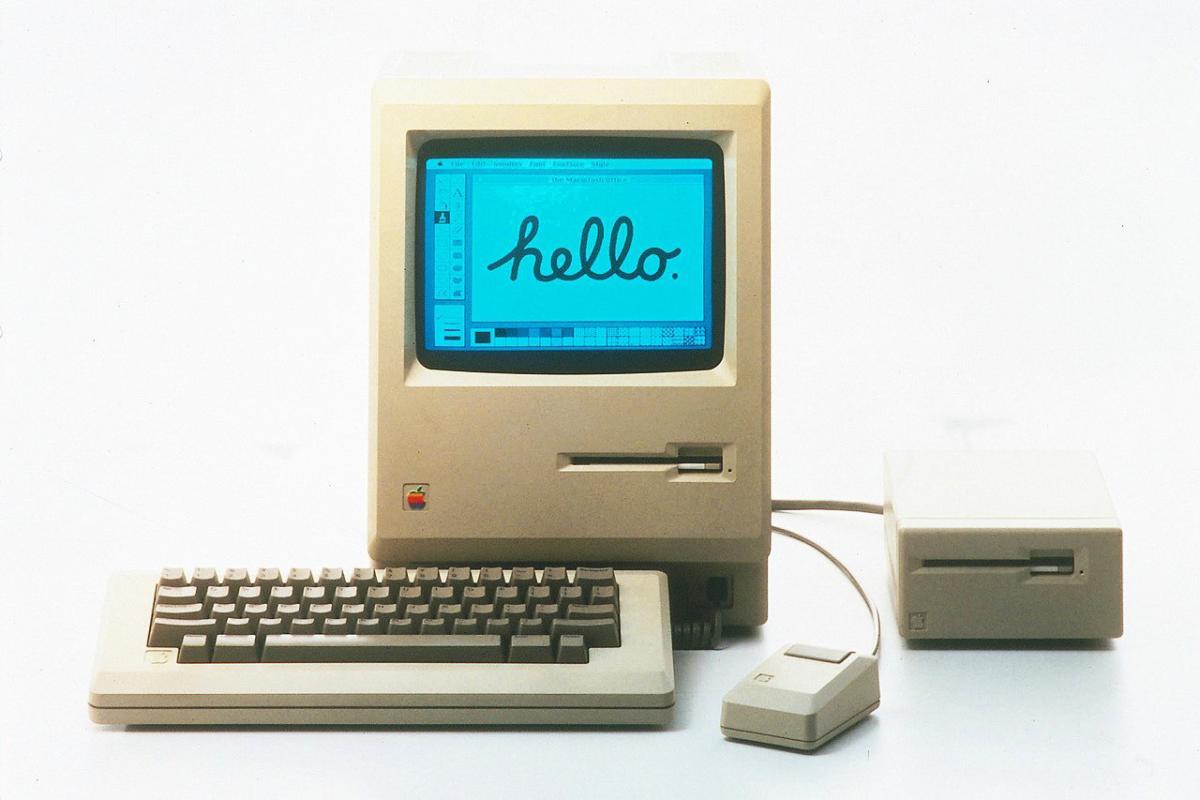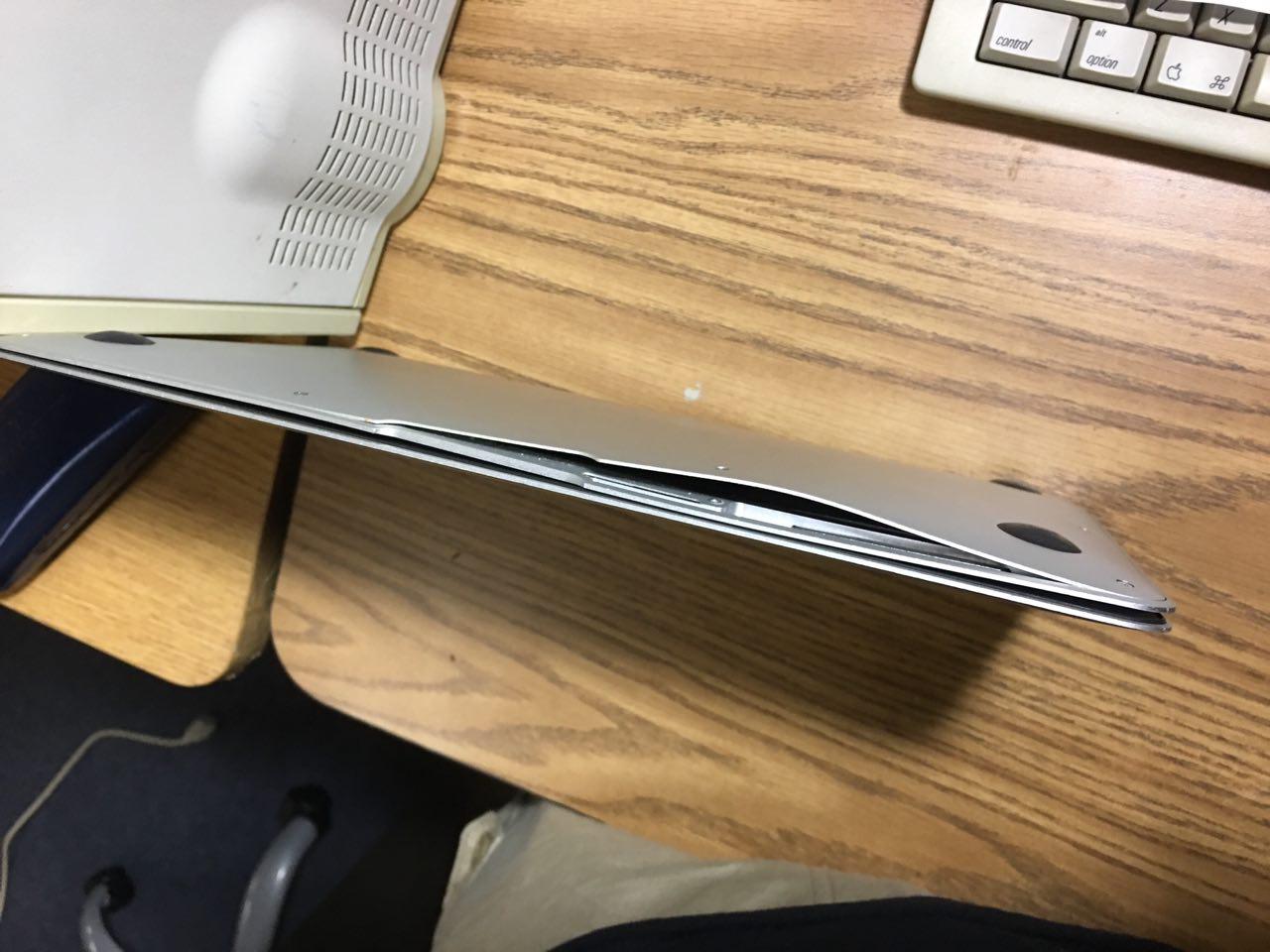A whole lot of Apple nostalgia for this week. Does Apple announce every major product in January? First up is the 10 year anniversary of the iPad. I have my thoughts from 10 years ago. It’s funny reading stuff that I wrote ten years ago. The iPad was the first (and so far, last) device that I have ever pre-ordered from Apple. I miss the lines that used to form at the Apple store for major releases. The iPad release was huge. There other retrospectives on the iPad for your perusal.
One comment that I read about the iPad has really stuck with me. It was the last big device announced by Steve Jobs, and the commentator mentioned it’s the product that has suffered the most from the lack of Steve Jobs. The iPad has not come close to reaching its potential. Apple is pushing the keyboard attachment for most iPads, making the iPad look more like a Surface Tablet or laptop than a futuristic device. I’m all for reading articles on using the iPad for productivity, but the number of hoops one has to jump through does not bode well for getting work done. There are a number of features that Apple needs to add:
- Multiple user support
- Copy individual text from any app. There have been a number of times I’ve wanted to copy some text, but there isn’t away to do it
- The ability to have a multiple item clipboard. Once you can store several items at a time in a clipboard, it’s hard to go back.
Also, 36 years ago this month Steve Jobs unveiled the first Macintosh. I don’t remember the announcement or hearing much about the Macintosh, I was too busy playing on my uncle’s Color Computer. Christmas of 1984 is when I got my Atari 800XL. Most people nowadays remember the Super Bowl ad:
It is also the twentieth anniversary of Internet Explorer 5 for the Mac. What was amazing about IE5 is that it was anchored in technologies that were bleeding edge at the time, such as cascading style sheets. The public beta of OS X hadn’t been released yet, but Microsoft really nailed some of the features of the first OS X’s Aqua interface.
For those still rocking an old Mac, you may have noticed that you can’t set the year to 2020. Well, there is a control panel that will help you with that. This affected me on my Macintosh SE/30 running System 7.1. The operating system supports later dates, it’s just that the default date control panel won’t let you set a year past 2019.
The stop motion skills are strong with this one
I can’t wait to stay in an Atari hotel. I’m hoping they install a 2600 in every room.
If you’re going to go, then go out in a blaze of glory. The Mount Vesuvius eruption was so hot, one man’s brain turned to glass..
And the next time you are entertaining, how about throwing up your own vj




 This January marks the 30 year anniversary of the Apple //e and the
This January marks the 30 year anniversary of the Apple //e and the